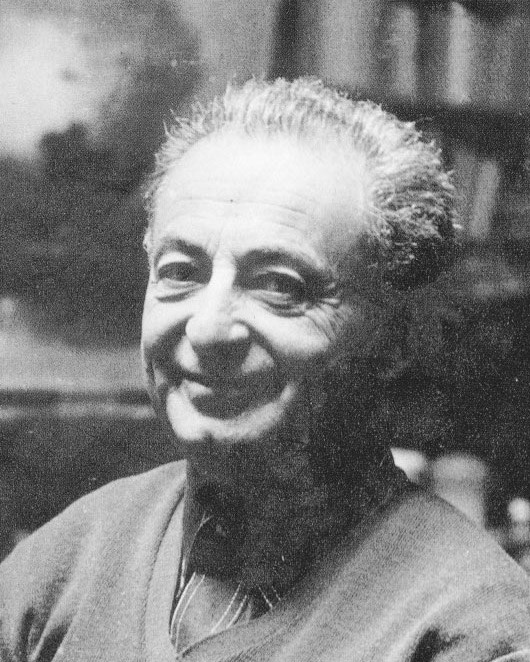Arthur KOLNIK
January 2, 2019Chana Gitla KOWALSKA
January 3, 2019Sigismond KOLOS-VARY
HUEDIN (ROMANIA) 1899 – LA CHAUX-DE-FONDS (SWITZERLAND) 1983
From 1918 to 1925, Kolos-Vary studied at the School of Decorative Arts in Budapest. One year later, he traveled to Italy, where he discovered the masters, including Paolo Uccello who influenced his early work. In 1926, following a trip to Switzerland, Kolos- Vary settled in Paris and later visited Spain. He met the poet Pierre Guéguen, a friend of Le Corbusier, who prefaced his exhibitions at Mrs Povolozky’s gallery. Mrs Povolozky was Modigliani’s model. In this gallery, Kolos-Vary sold his first paintings and met Jacques Lipchitz, André Lhote, André Salmon, and Jean Cassou.
In 1941, Kolos-Vary was arrested by the Gestapo and interned at the Gurs internment camp. For two years, he produced among other things a sketchbook for a little girl (preserved at the Centre de Documentation Juive Contemporaine at the Mémorial de la Shoah in Paris). He escaped in 1943 and managed to get to Switzerland. He stayed there until 1946, when he returned to Paris. He acquired French nationality in 1955. Until 1954, Kolos-Vary’s paintings were reminiscent of Expressionism. Between 1950 and 1954, it moved towards a more abstract style. From 1977, Sigismond Kolos-Vary had a studio in the Paris suburb of Boulogne-Billancourt.
Stories of Jewish Artists of the School of Paris 1905-1939
FRENCH-ENGLISH
Capitale des arts, le Paris des années 1905-1939 attire les artistes du monde entier. De cette période de foisonnement, un terme est resté, celui d'Ecole de Paris, qui recouvre une grande diversité d'expression artistique. Dans ce brassage dont Montparnasse est le creuset, un groupe se distingue : celui des artistes juifs venus de Russie, de Pologne et d'Europe centrale. Si leurs styles sont variés, un destin commun les rassemble : ils fuient l'antisémitisme de leur pays d'origine. Certains ont connu la célébrité dès les années 1920, tels Soutine, Lipchitz ou Chagall. D'autres n'ont pas eu le temps ou la chance d'y accéder. Près de la moitié a péri dans les camps de concentration nazis.
From 1905 to 1939, Paris attracted artists from all over the globe as the capital of the art world. This period of artistic proliferation became known as the School of Paris, and includes a great diversity of artistic expression. Within the teeming art world centred on Montparnasse, one group set itself apart: Jewish artists from Russia, Poland, and Central Europe. Although their styles were diverse, they shared the common fate of fleeing anti-Semitic persecutions in their home countries. Some became famous in the 1920s, such as Soutine, Lipchitz, and Chagall, while others did not have the time or the luck to gain renown. Nearly half of these artists died in Nazi concentration camps.





